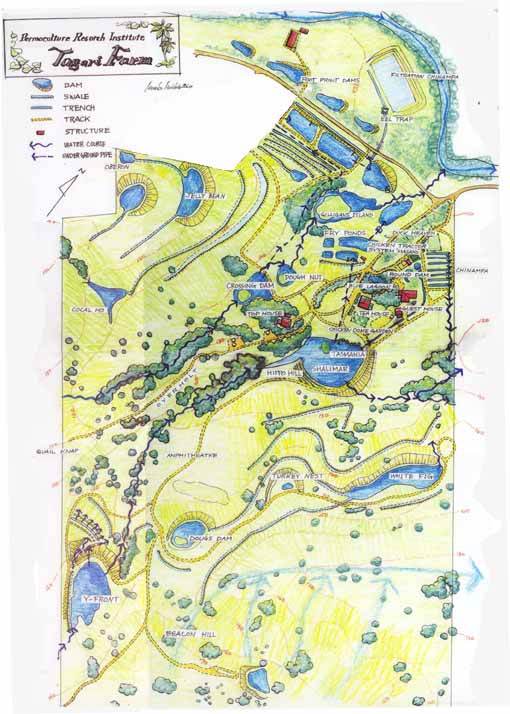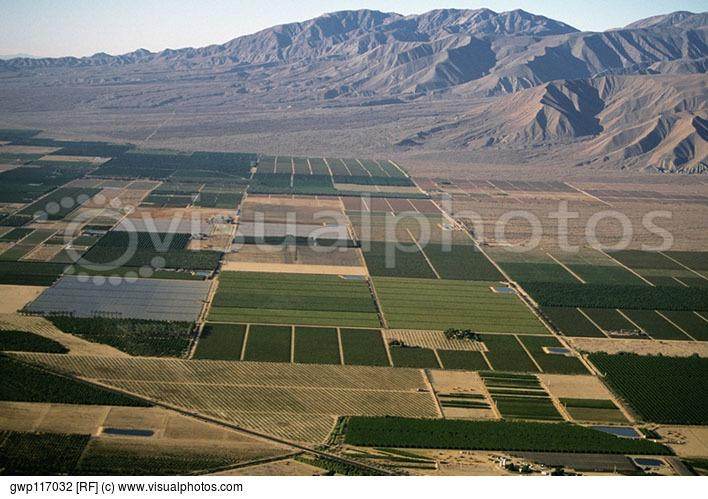








 2
2




Author 'Perennial Vegetables', co-author 'Edible Forest Gardens'.
Website - http://www.perennialsolutions.org/








 1
1




Author 'Perennial Vegetables', co-author 'Edible Forest Gardens'.
Website - http://www.perennialsolutions.org/




Author 'Perennial Vegetables', co-author 'Edible Forest Gardens'.
Website - http://www.perennialsolutions.org/





Intermountain (Cascades and Coast range) oak savannah, 550 - 600 ft elevation. USDA zone 7a. Arid summers, soggy winters












Idle dreamer








Idle dreamer












Todd Hoff wrote: What will those fields look like?
Idle dreamer




Tyler Ludens wrote:I agree, Todd. I personally see permaculture as ultimately making conventional agriculture unnecessary.




Alex Ames wrote: I don't see a picture of it yet.

Idle dreamer




Tyler Ludens wrote:
Alex Ames wrote: I don't see a picture of it yet.
Maybe that's a picture you need to be in.
Generally those systems are not presented under the label "permaculture." There are many examples under "alley cropping" and "agroforestry."




Idle dreamer








Tyler Ludens wrote:http://permaculturenews.org/2012/06/30/pasture-cropping-an-integrated-approach-to-grain-and-pasture-production/
http://permaculturenews.org/2011/08/09/agroforestryalleycropping-video/
http://permaculturenews.org/2012/03/01/stabilizing-the-climate-with-permanent-agriculture/
etc.








osker brown wrote: I doubt that any farmer has ever grown serious amounts of food without a low-wage unskilled labor force.
Idle dreamer




osker brown wrote:I'm in the process of establishing a permaculture farm. It is hard work, and I am in over my head, but I still have hope.
One point I'd like to make regarding a comment above about "volunteers for free lodging" (by the way, that's a work-trader, not a volunteer),
Not utilizing a free/cheap work force would be foolish. I doubt that any farmer has ever grown serious amounts of food without a low-wage unskilled labor force. To be certain, industrial agriculture would not exist if immigration and minimum wage laws were upheld. The choice I'm faced with is establishing infrastructure to accommodate motivated people who are willing to work for food and lodging, or a dependence on machines. That's a simple choice for me.
I think a major reason that "successful" permaculture farms aren't better publicized is that most of the population still wants a highly specialized job in an office and food from a grocery store. Permaculture, in my view, will not work in that system. Thus, my goal is to provide staple foods for people who are willing to work for them, and ideally for people who grown their own vegetables at home.




Alex Ames wrote:Eric, I have a hard time imagining farm-scale permaculture. It would seem to be hard to get up to critical mass of any one thing to be successful financially. There seem to be some increased difficulties in harvesting efficiency that would be hard to overcome. What should it look like?
Tyler Ludens wrote:I think part of the problem might be that the standard held up for permaculture is a standard not achieved by many (any?) farms of any kind these days. The permaculture farm must make a good living for the farmer 100% from the farm, by farming (not teaching, tours, etc), even though most conventional farmers have off-farm jobs or other income. The permaculture farm must not use free or cheap labor, even though conventional farms use such labor. The permaculture farm must grow all the farmer's food including staple foods, even though conventional farmers typically buy their food at the store. Etc etc until there can not possibly be more than a tiny handful of examples that exactly fit the demand for what permaculture must achieve to be "really doing it." If any. Certainly all the famous examples totally fail to meet these standards.
osker brown wrote: I doubt that any farmer has ever grown serious amounts of food without a low-wage unskilled labor force.






Idle dreamer








Walter Jeffries wrote:We can and do grow all our staples.




osker brown wrote:
Walter Jeffries wrote:We can and do grow all our staples.
Can you say more about this?
osker brown wrote:Are you growing staple nut crops for your family?
osker brown wrote:Also can you say more about your timber sales. Do you have a mill onsite or sell logs to a mill?

osker brown wrote:What equipment are you using to move logs out of the forest?

Alex Ames wrote:Walter you came to different arrow points than I had in mind but I like what you are doing. I appreciate the
response and the fact that you are getting it done without the use of smoke and mirrors. By that I mean tours,
lectures, seminars etc. Those are fine if you want to engage in that as a calling. Paul has gone that route for now
and his farm is these forums/his empire and promoting the movement.
Tyler Ludens wrote:Walter, I hope you're right and there are millions of farmers out there like you.




Get involved -Take away the standing of corporations MovetoAmmend.org

|
I'm so happy! And I wish to make this tiny ad happy too:
Support permies and give beautiful gifts to gardeners: permaculture playing cards.
https://gardener-gift.com/
|






